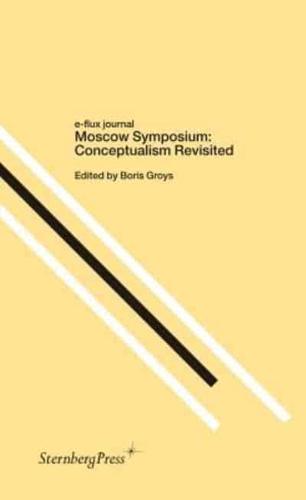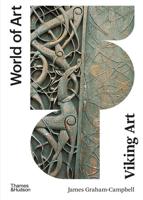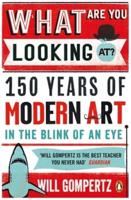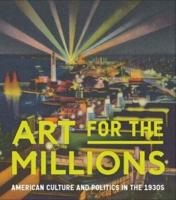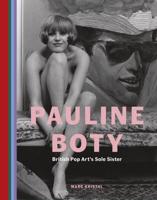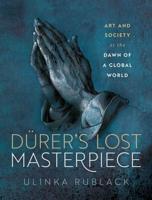Publisher's Synopsis
Beyond the view that multiple, globally dispersed conceptual art practices provide a heterogeneity of cultural references, Andrei Monastyrski and Collective Actions propose much more: other dimensions altogether, other spatiotemporal politics, other timescales, other understandings of matter, other forms of life-not only as works, but as a basic condition for being able to perceive artworks in the first place. Could it be that the Moscow Conceptualists were so elusive or saturated with the particularities of life in a specific economic and intellectual culture that they precluded integration into a broader art historical narrative? If so, then their simultaneously modest and radical approach to form may present a key to understanding the resilience and flexibility of a more general sphere of global conceptualisms that anticipate, surpass, or even bend around their purported origins in canonical European and American regimes of representation, as well as what we currently understand to be the horizon of artistic practice.
e-flux journal Series edited by Julieta Aranda, Brian Kuan Wood, Anton Vidokle
Contributors
Claire Bishop, Keti Chukhrov, Ekaterina Degot, Jörg Heiser, Terry Smith, Anton Vidokle, and Sarah Wilson
